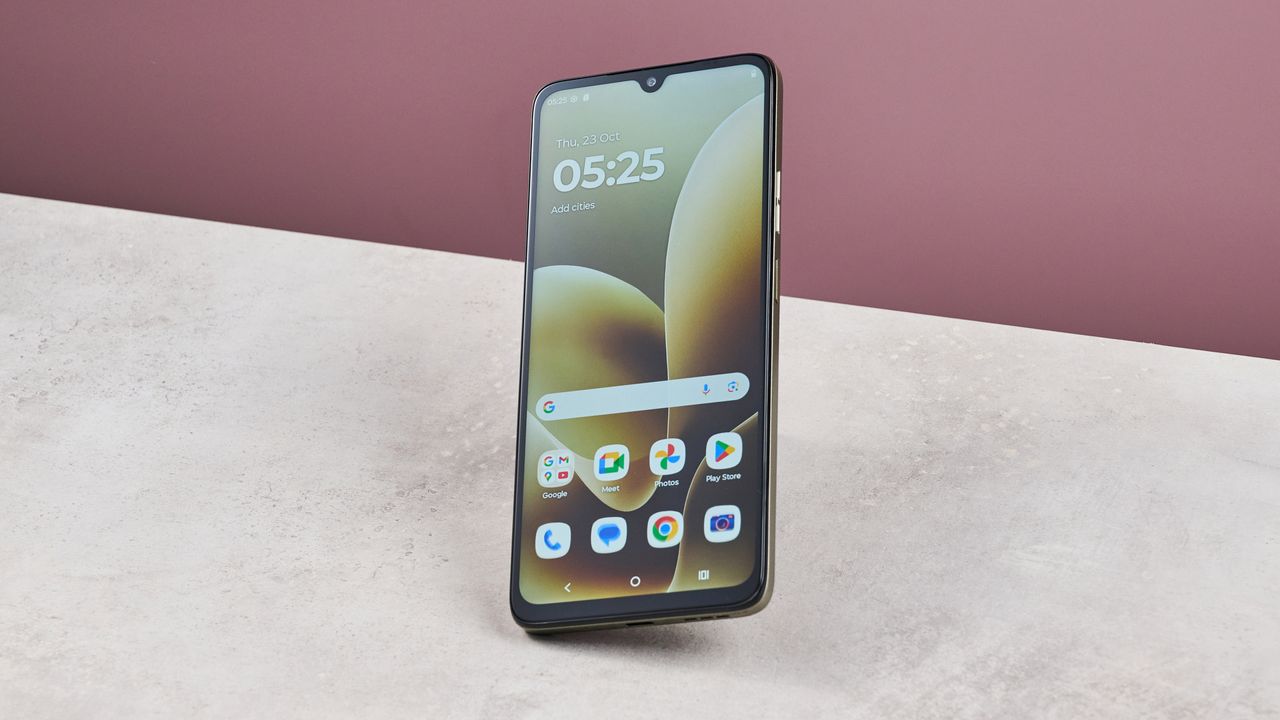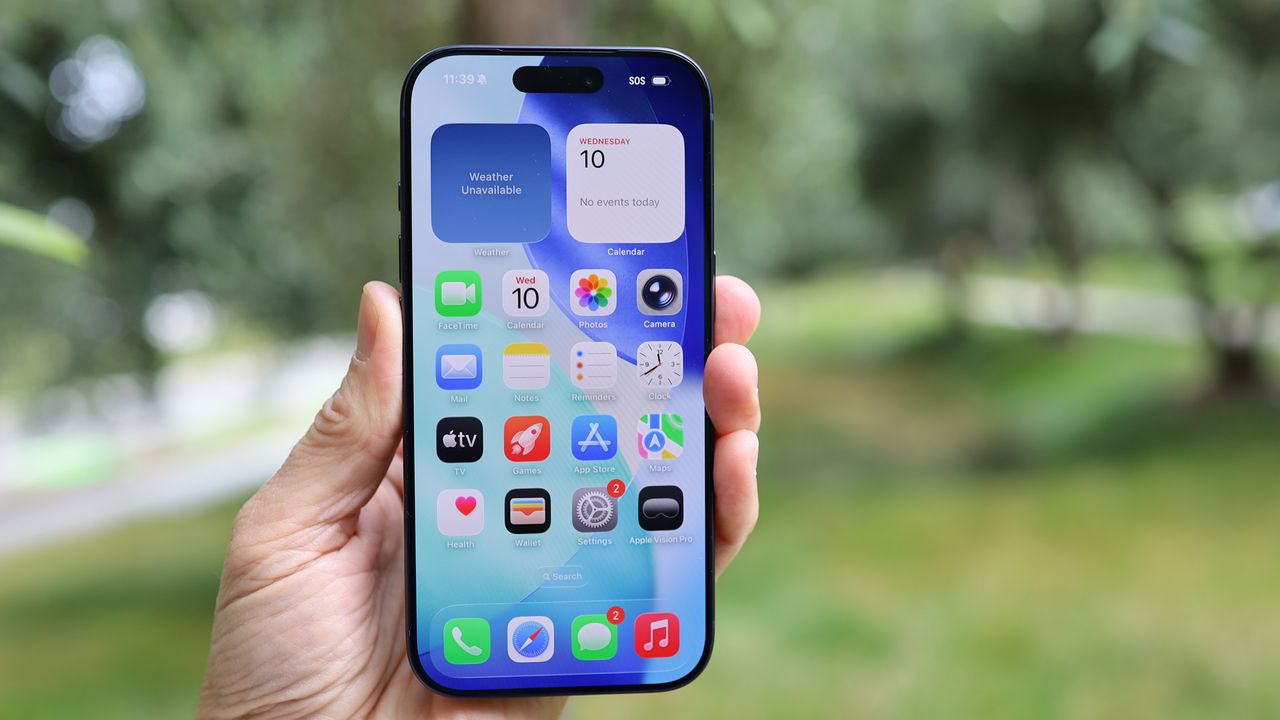
Over the last 40 years, NASA’s Voyager 1 has been drifting farther and farther away from the Earth. NASA is now saying they can maintain contact with Voyager for at least two or three more years by waking up a set of backup thrusters that it hasn’t used since 1980. This is important as Voyager needs to rotate itself every so often so that its antenna points to the Earth. The problem is that one of the thrusters isn’t performing well after being in space for 40 years. Because the probe is 13 billion miles away, it’s impossible to physically check the condition of it.
Voyager 1 is the only human-made object that is flying outside of our solar system and still communicating with Earth. It uses the Deep Space Network, which allows engineers to send out instructions to the probe. The probe currently uses its attitude control thrusters to make tiny corrections — firing for only milliseconds at a time — to rotate it to point its antenna towards Earth. However, since 2014, engineers have found that those thrusters have been wearing down, and aren’t as effective.
Engineers began to look into alternatives and have found a new way to steer the spacecraft – trajectory correction maneuver (TCM) thrusters. These are located on the back of the spacecraft and are identical to the thrusters that they’ve used so far. They haven’t been used since November 1980 when the probe zipped by Saturn. The team will switch over to the TCM thrusters in January, but there is a drawback: they require heaters to operate, which will draw on the probe’s limited power. The team will use the thrusters until they can no longer use the heaters, and will then switch back to the attitude control thrusters that they’ve been relying on.

On November 28th, they finally test-fired the backup thrusters, which worked perfectly and rotated the spacecraft just as well as the primary ones can. Todd Barber, one of the propulsion experts who looked at the issue closely, said that “The Voyager team got more excited each time with each milestone in the thruster test. The mood was one of relief, joy, and incredulity after witnessing these well-rested thrusters pick up the baton as if no time had passed at all.”
If you’re wondering what Voyager is doing, and why this is important, you’re not alone. The spacecraft continues to return data about interplanetary space and some of our stellar neighbors near the edges of the Milky Way. As Voyager cruises gracefully in the solar wind, its fields, particles and waves instruments are studying the space around them. In May 1993, scientists concluded that the plasma wave experiment was picking up radio emissions that originate at the heliopause – which is the outer edge of our solar system. The heliopause is the outermost boundary of the solar wind, where the interstellar medium restricts the outward flow of the solar wind and confines it within a magnetic bubble called the heliosphere. The solar wind is made up of electrically charged atomic particles, composed primarily of ionized hydrogen, that stream outward from the Sun.
Which means that Voyager is doing some good work out there. Voyager 1 has a twin – Voyager 2, which is studying the same thing. All of this sounds like it could give us a lot of really good information, so hopefully, NASA is able to extend the life of Voyager 1 by a few years at least.



